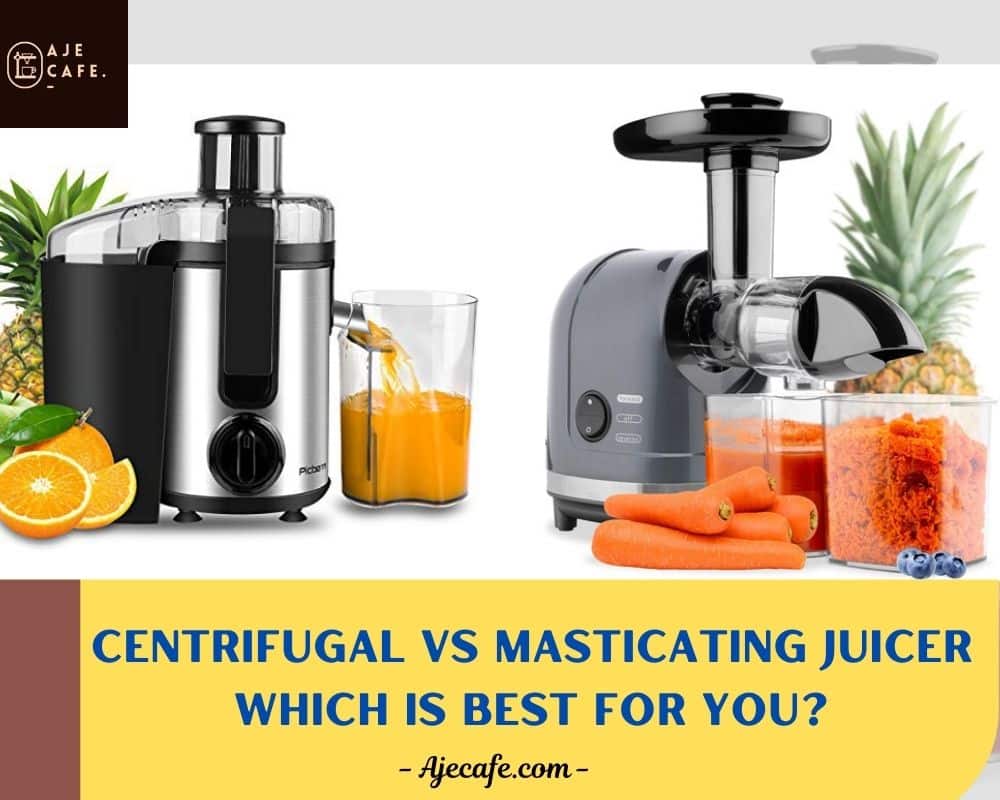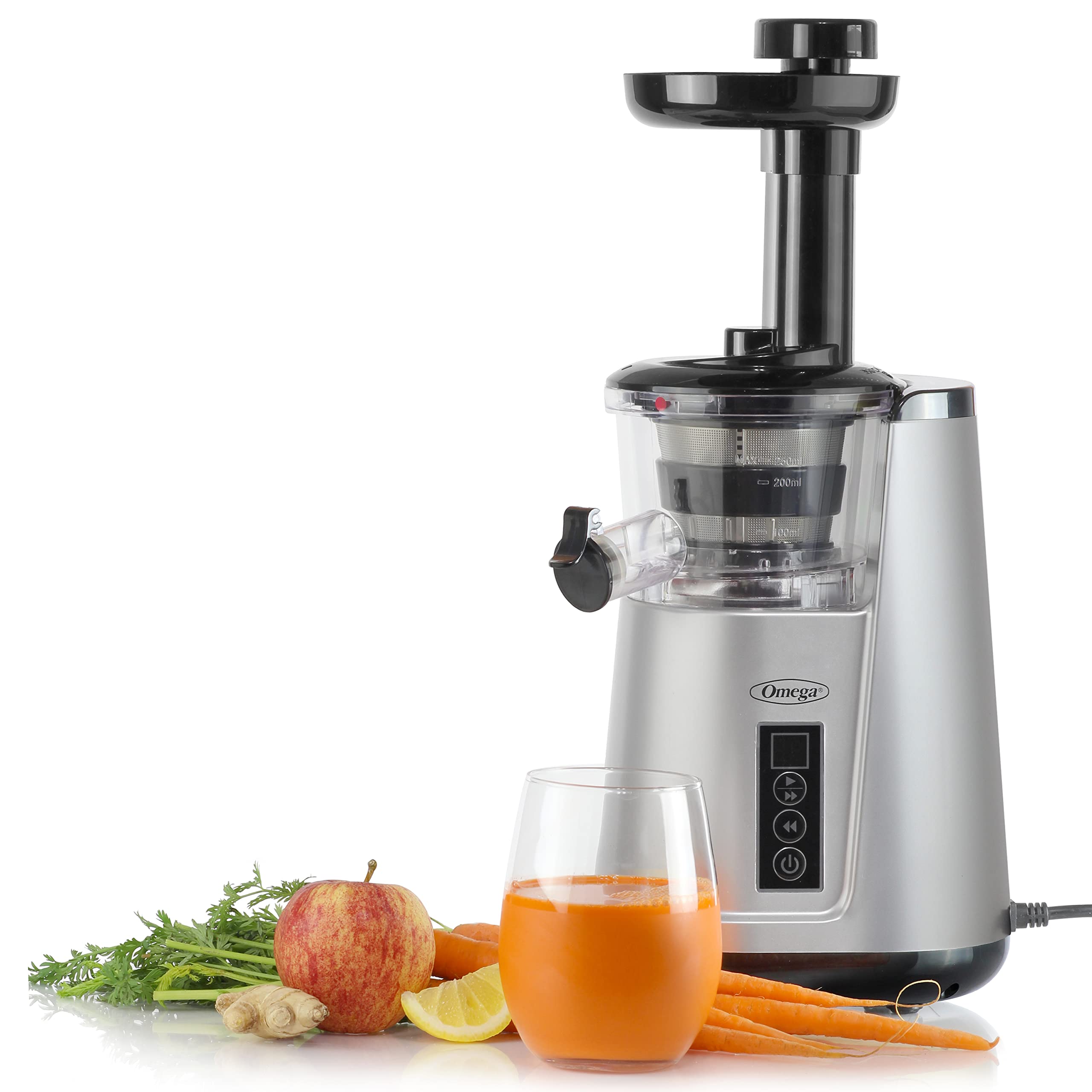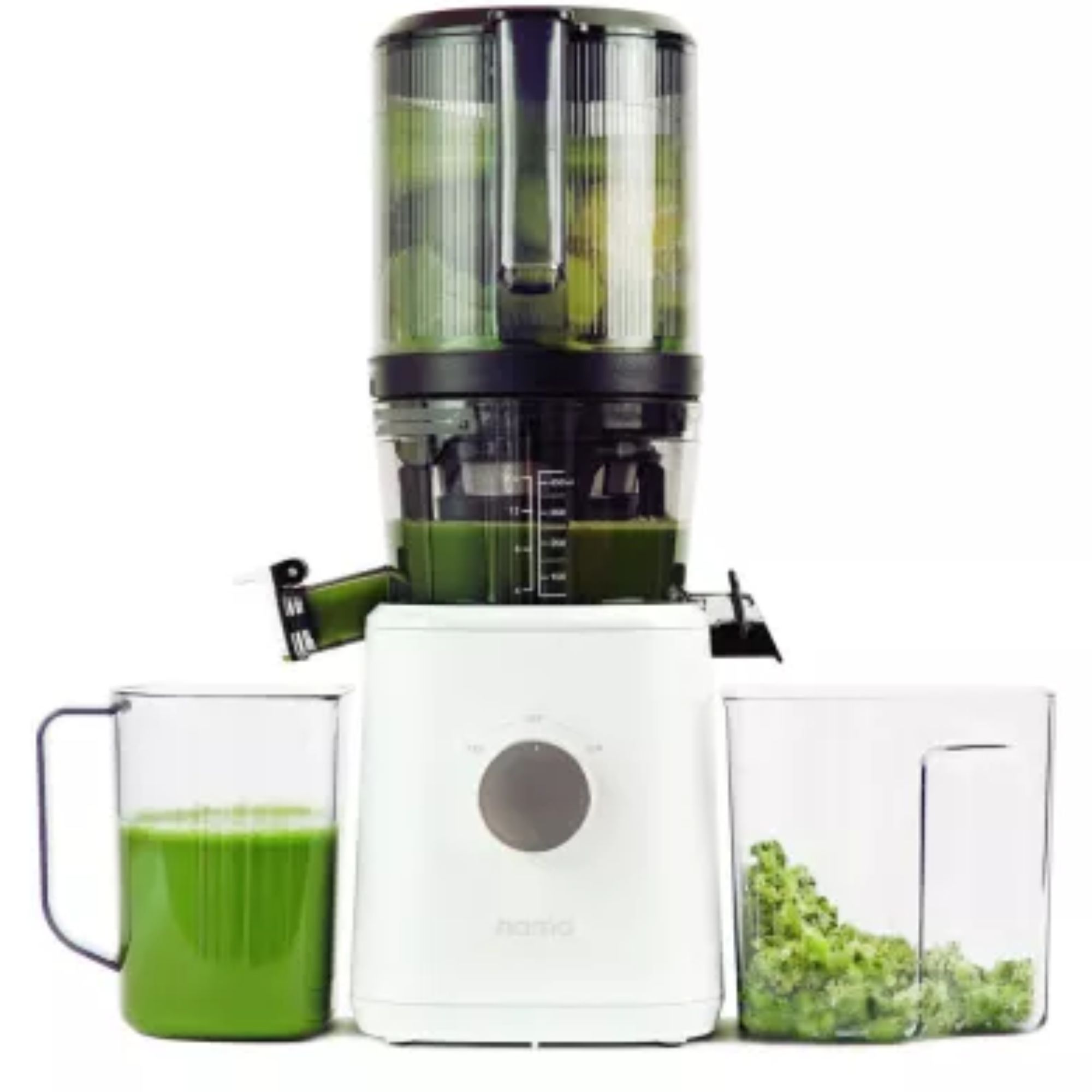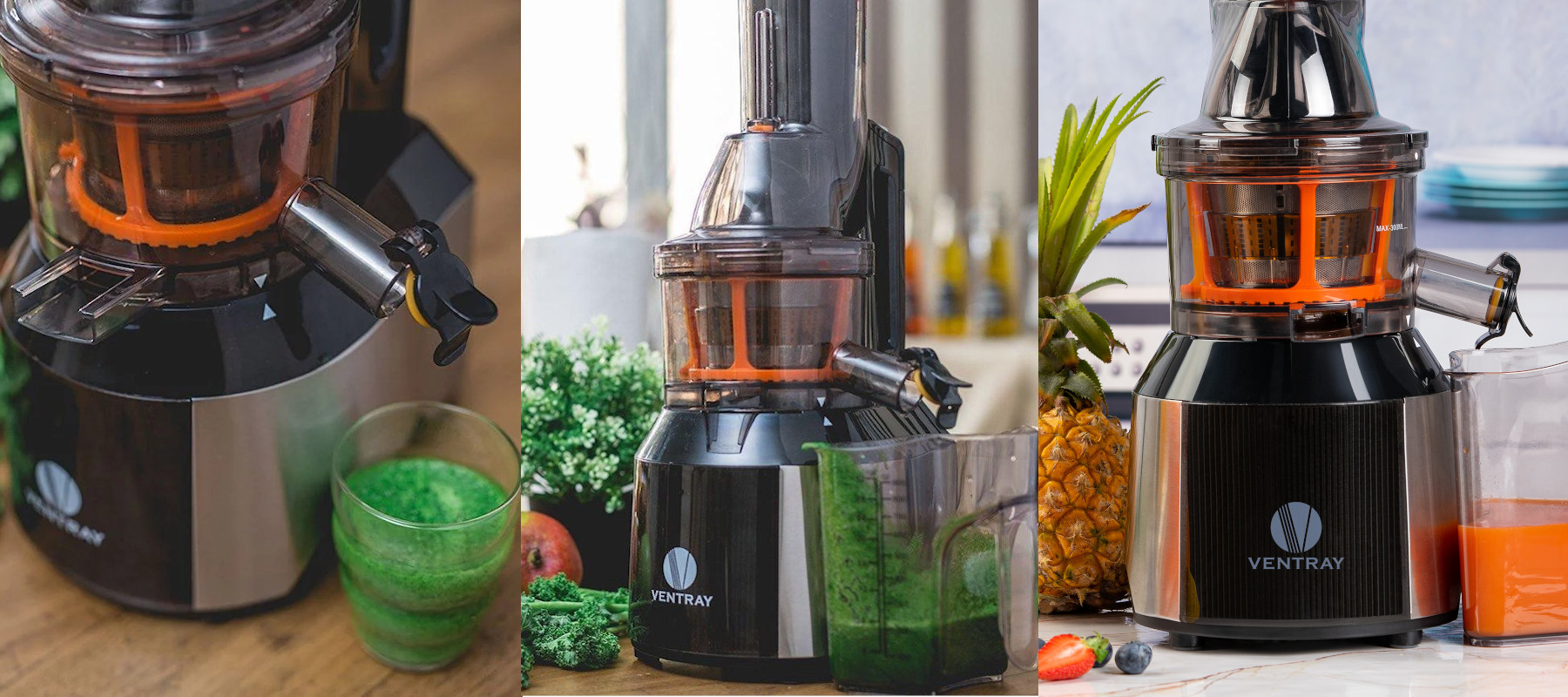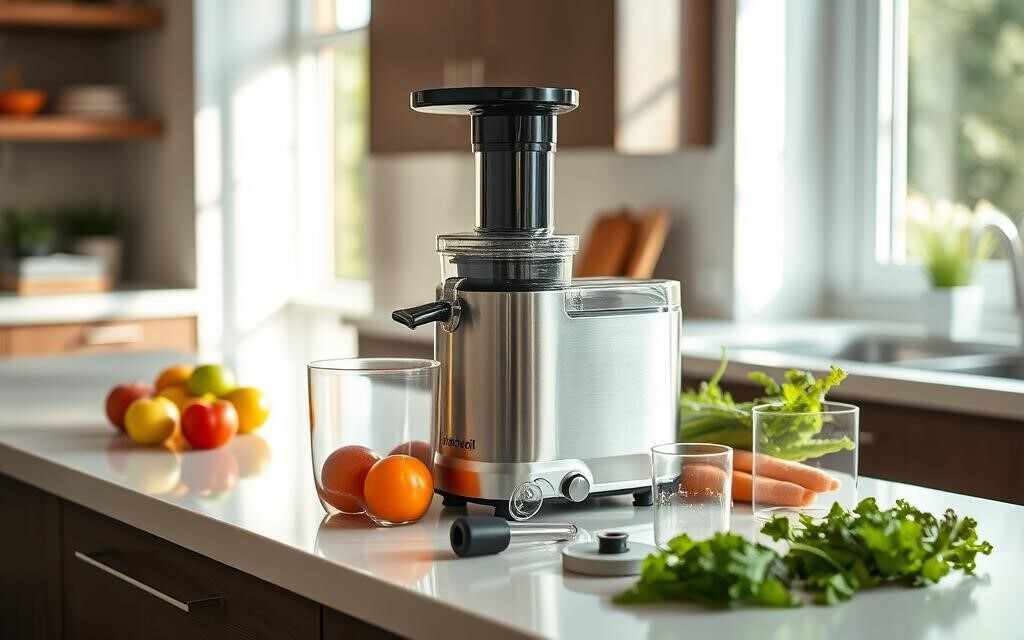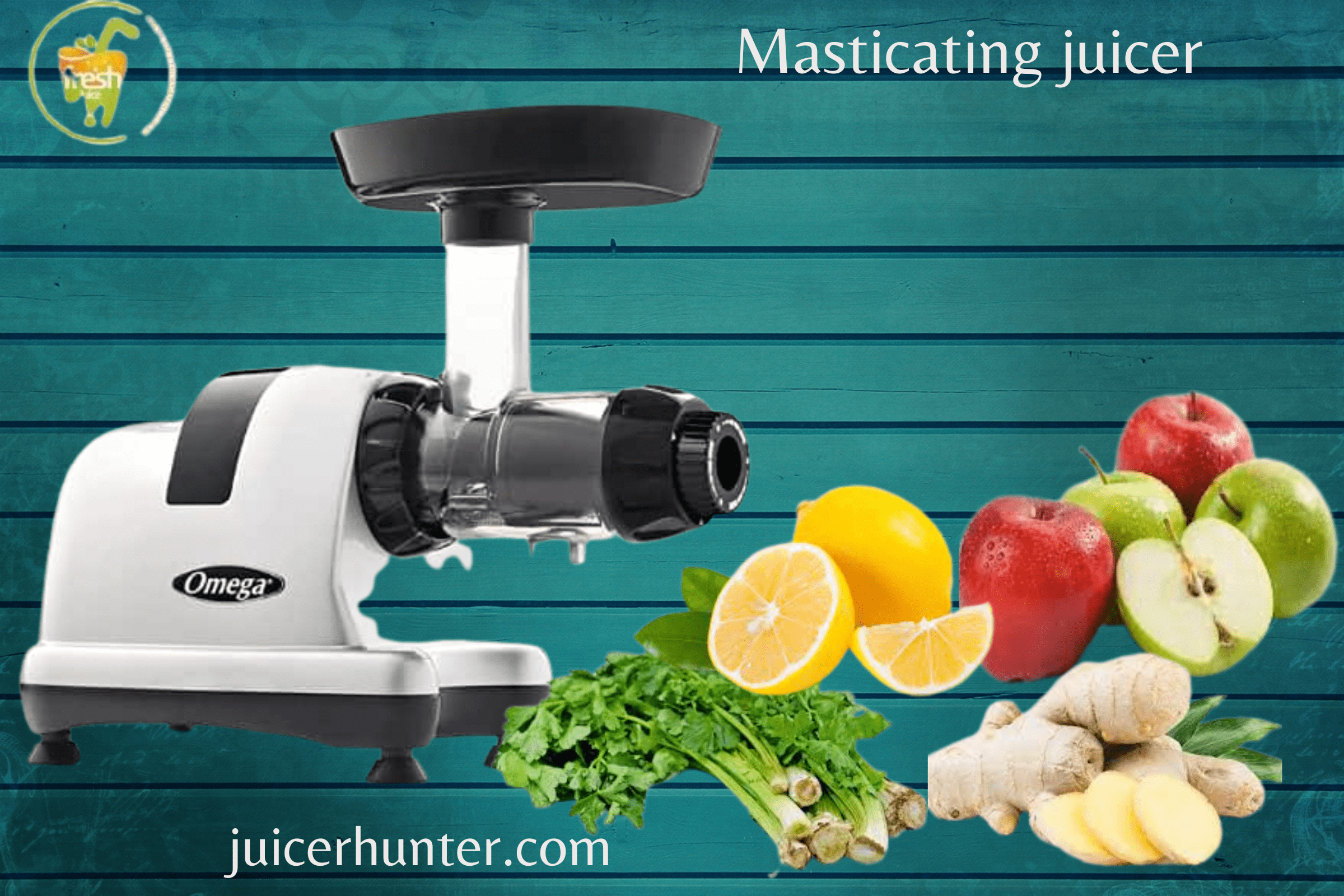What Is A Masticating Type Juicer

Imagine a sun-drenched morning, the aroma of freshly cut fruits and vegetables filling the kitchen. A symphony of whirring and soft grinding emanates from the countertop, not the high-pitched scream of a blender, but a more subdued, deliberate sound. It’s the sound of nature’s bounty being gently coaxed into its most vibrant, nutrient-rich form: juice.
At the heart of this scene is a masticating juicer, also known as a slow juicer or cold-press juicer. This article delves into the world of masticating juicers, explaining what they are, how they work, and why they've become a popular choice for health-conscious individuals seeking to extract maximum nutrients from their produce.
Understanding Masticating Juicers
Masticating juicers operate on a fundamentally different principle than centrifugal juicers, the more common and often less expensive variety. The key difference lies in the extraction method.
Instead of using a rapidly spinning blade to shred fruits and vegetables, masticating juicers employ a single auger, a screw-like component, to crush and squeeze the produce. This process mimics chewing, hence the term "masticating," which means to chew.
Think of it like gently grinding the produce against a screen to separate the juice from the pulp. This slow, deliberate process minimizes heat and oxidation, two factors that can degrade the nutritional content of juice.
The "Slow" Advantage
The slower speed of a masticating juicer, typically operating between 40 and 100 RPM (rotations per minute), is its defining characteristic and greatest strength. This contrasts sharply with centrifugal juicers, which can spin at thousands of RPM.
This lower speed translates to less heat generation. Heat can damage delicate enzymes and vitamins, reducing the nutritional value of the juice. Cold-pressed juice, a term often associated with masticating juicers, highlights this temperature-sensitive process.
Furthermore, the slow mastication process minimizes oxidation. Oxidation occurs when the juice is exposed to air, leading to nutrient degradation and a shorter shelf life. A masticating juicer produces juice that tends to be richer in nutrients and can be stored for longer periods, typically up to 72 hours, compared to juice from a centrifugal juicer.
How They Work: A Step-by-Step Look
The process of using a masticating juicer is relatively straightforward.
First, prepare your fruits and vegetables by washing and cutting them into smaller pieces. This makes it easier for the auger to process the produce.
Next, feed the pieces into the juicer's chute. The auger will then draw the produce down, crushing and squeezing it against a screen. The juice flows through the screen and into a collection container, while the pulp is expelled separately.
Finally, you can enjoy your fresh, nutrient-rich juice. Cleaning the juicer is also an important step, and most masticating juicers are designed for relatively easy disassembly and cleaning.
Benefits of Masticating Juicers
Choosing a masticating juicer offers several advantages, particularly for those prioritizing nutrient retention and juice quality.
Higher Nutrient Content: The gentle extraction process preserves more vitamins, minerals, and enzymes, resulting in a more nutritious juice.
Longer Shelf Life: The reduced oxidation means that juice from a masticating juicer stays fresher for longer, allowing you to prepare larger batches and enjoy them over several days. Many people report that the juice tastes better and retains more of its natural color over time as well.
Versatility: Masticating juicers are not limited to fruits and vegetables. They can also handle leafy greens, wheatgrass, and even nuts and seeds, expanding your juicing options. Some models can even be used to make nut butters or baby food.
Quieter Operation: Compared to the loud whirring of a centrifugal juicer, masticating juicers operate much more quietly, making them a more pleasant option for early morning juicing sessions.
Higher Juice Yield: Due to the efficient extraction process, masticating juicers tend to yield more juice from the same amount of produce compared to centrifugal juicers, reducing waste and saving you money in the long run.
Potential Drawbacks
While masticating juicers offer numerous benefits, there are also a few potential drawbacks to consider.
Slower Juicing Time: The slow extraction process means that juicing takes longer compared to a centrifugal juicer. This can be a factor for those who are short on time.
Higher Cost: Masticating juicers generally cost more than centrifugal juicers. This is due to the more complex design and higher-quality components.
Preparation Required: Masticating juicers often require more preparation of fruits and vegetables, such as cutting them into smaller pieces. This is necessary to prevent clogging and ensure efficient operation.
Vertical vs. Horizontal Masticating Juicers
Within the category of masticating juicers, there are two main types: vertical and horizontal. The primary difference lies in the orientation of the auger and the feed chute.
Vertical Masticating Juicers: These models have a vertical auger and a wider feed chute, making them easier to use and requiring less prep time. The gravity-assisted feeding system helps to pull the produce down, reducing the need to push it in.
Horizontal Masticating Juicers: These models have a horizontal auger and a narrower feed chute. They are generally more versatile and can handle a wider range of produce, including leafy greens and wheatgrass, more effectively. They can also sometimes be used for other tasks such as making pasta or grinding coffee.
Making the Right Choice
Deciding whether a masticating juicer is right for you depends on your individual needs and priorities.
If you prioritize nutrient retention, juice quality, and longer shelf life, and you are willing to invest more time and money, a masticating juicer is an excellent choice.
However, if you are primarily concerned with speed and affordability, a centrifugal juicer may be a better option.
Consider your budget, the types of produce you plan to juice, and the amount of time you are willing to spend on juicing and cleaning. Research different models and read reviews to find the masticating juicer that best fits your needs.
According to a 2023 report by *Nutrition Today*, cold-pressed juices, often made with masticating juicers, retain up to 60% more vitamins C and A compared to juices made with traditional centrifugal juicers. This highlights the significant nutritional advantage of using a masticating juicer.
Conclusion
The world of juicing offers a spectrum of options, each with its own set of benefits and drawbacks. The masticating juicer, with its slow, deliberate process, stands out as a champion of nutrient preservation and juice quality.
While it may require a bit more investment and time, the reward is a glass of vibrant, life-giving juice, packed with the goodness of nature. As you sip your freshly extracted elixir, you can savor not only the delicious flavor but also the knowledge that you are nourishing your body with the best that nature has to offer.


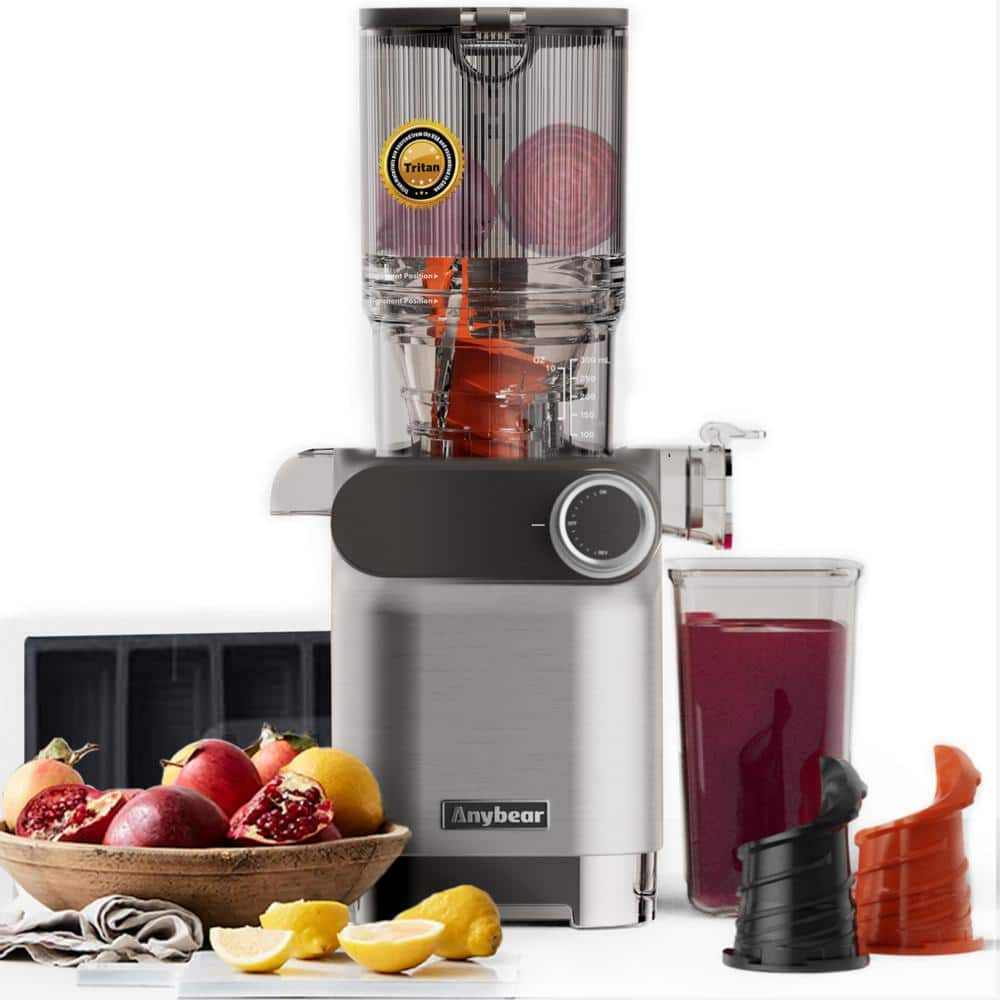
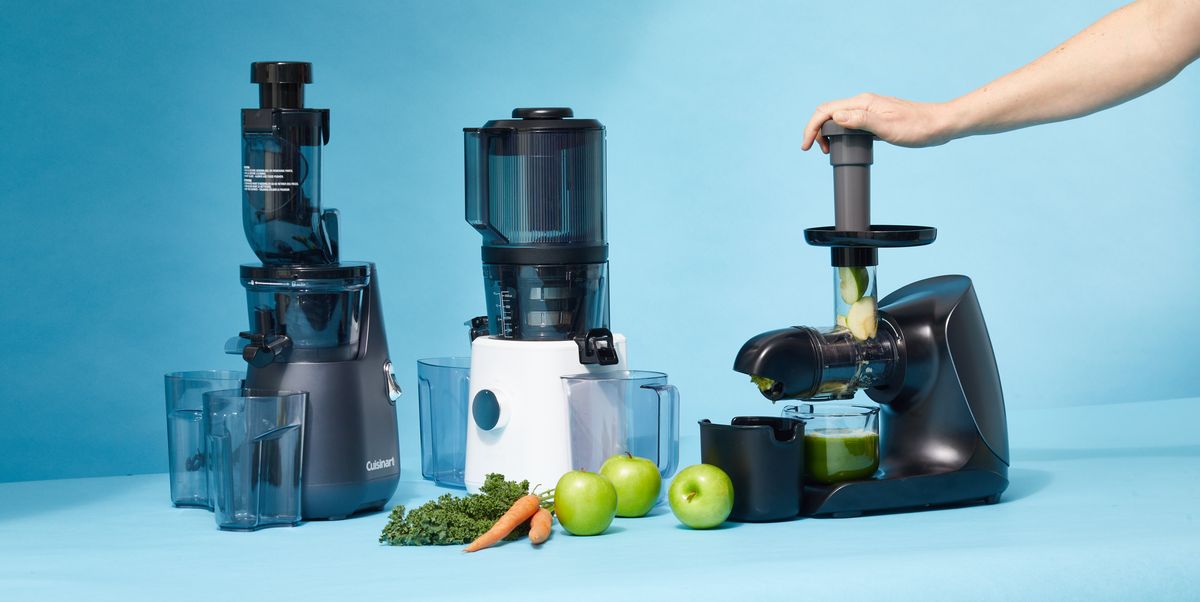
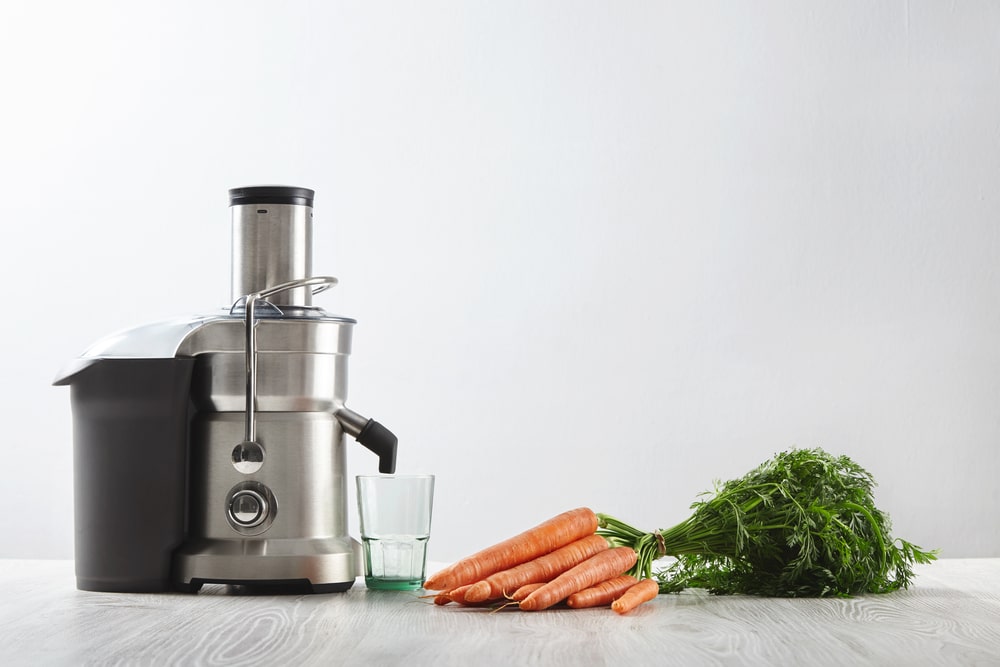

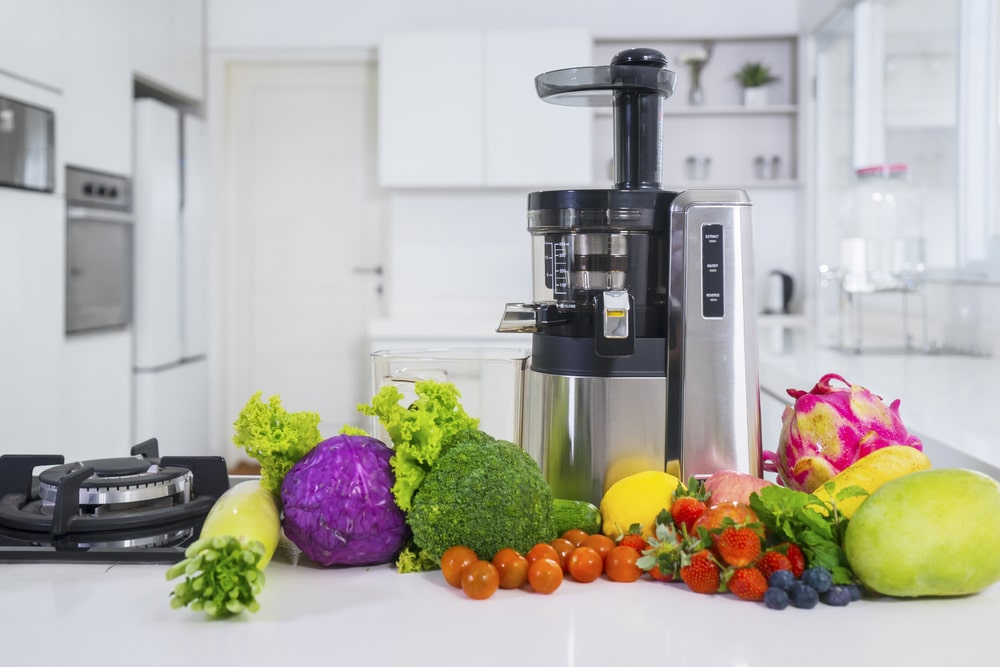
:max_bytes(150000):strip_icc()/Spruce-Eats-AMZCHEF-Slow-Masticating-Juicer-Extractor-Fred-HardyII-494-3346faae79124547af91075a9ab80d3f.jpg)
